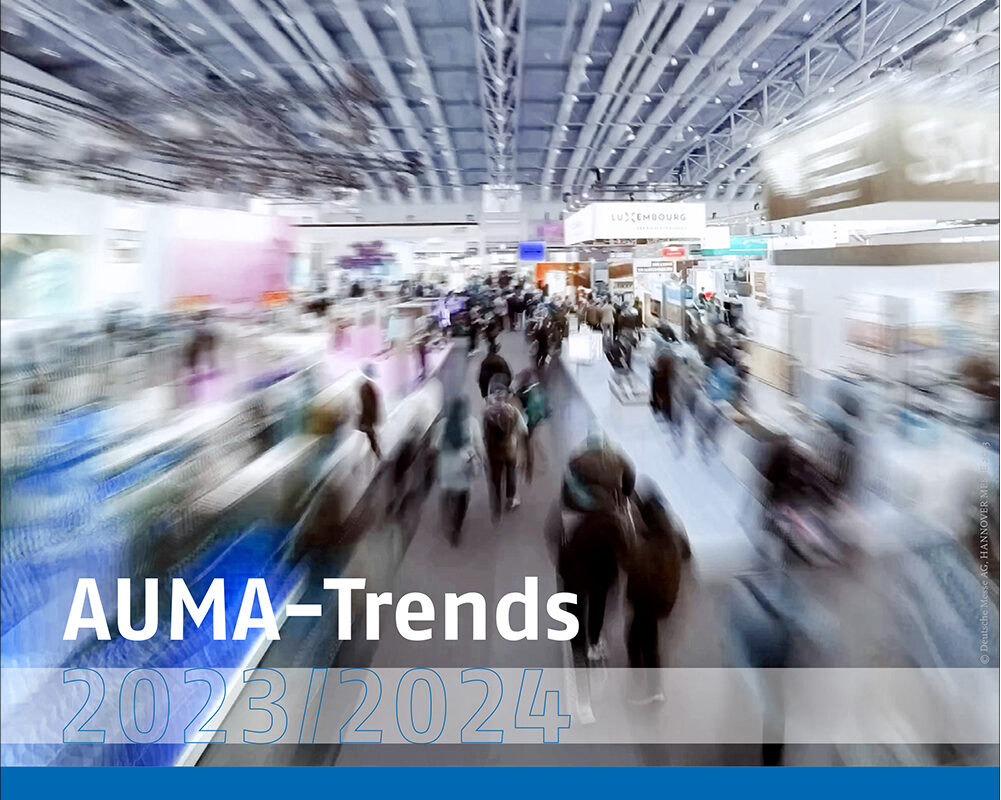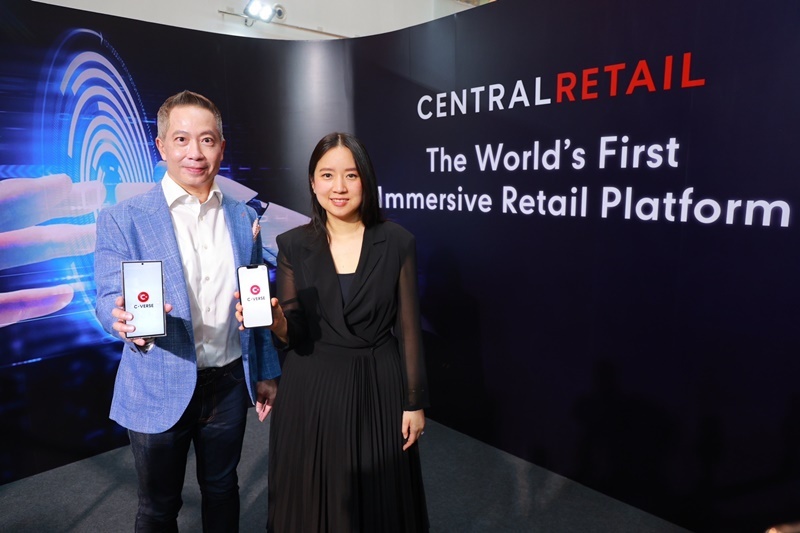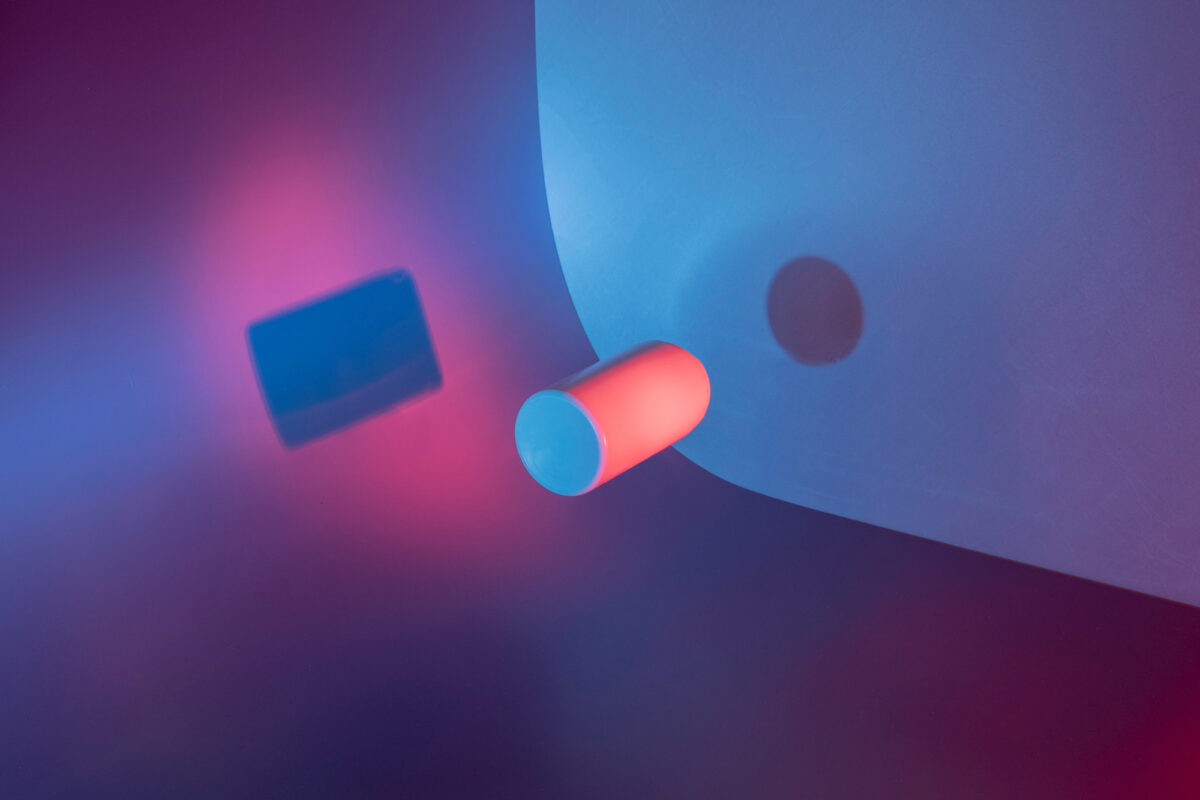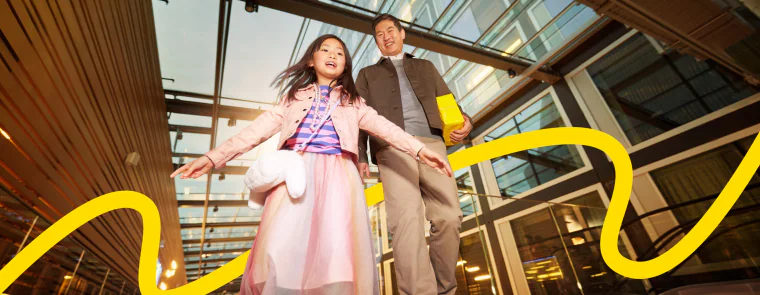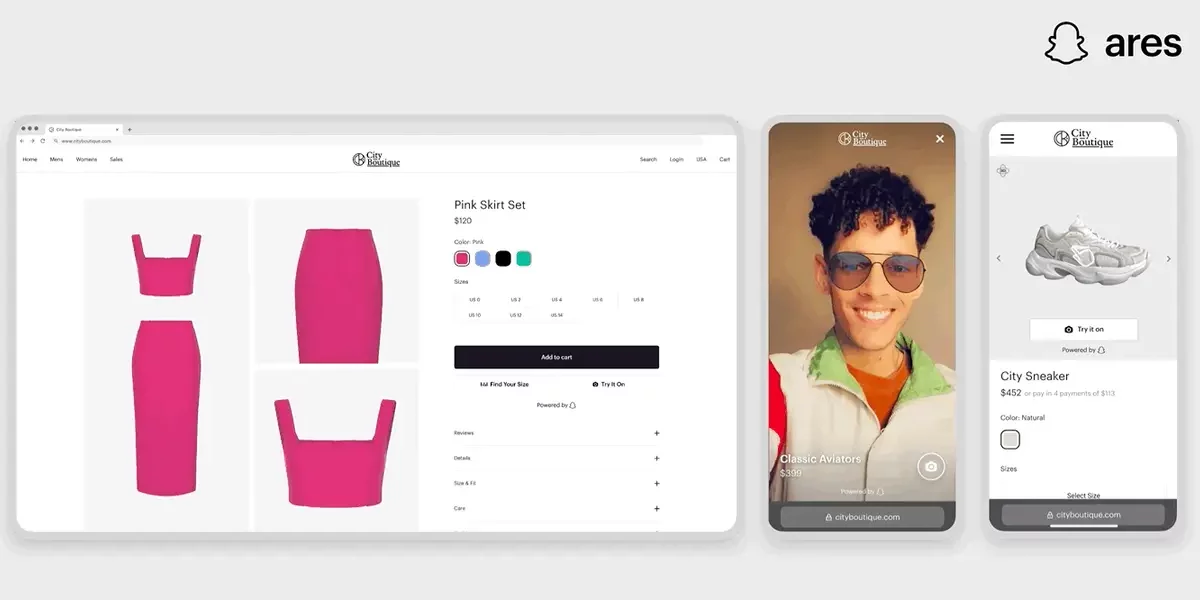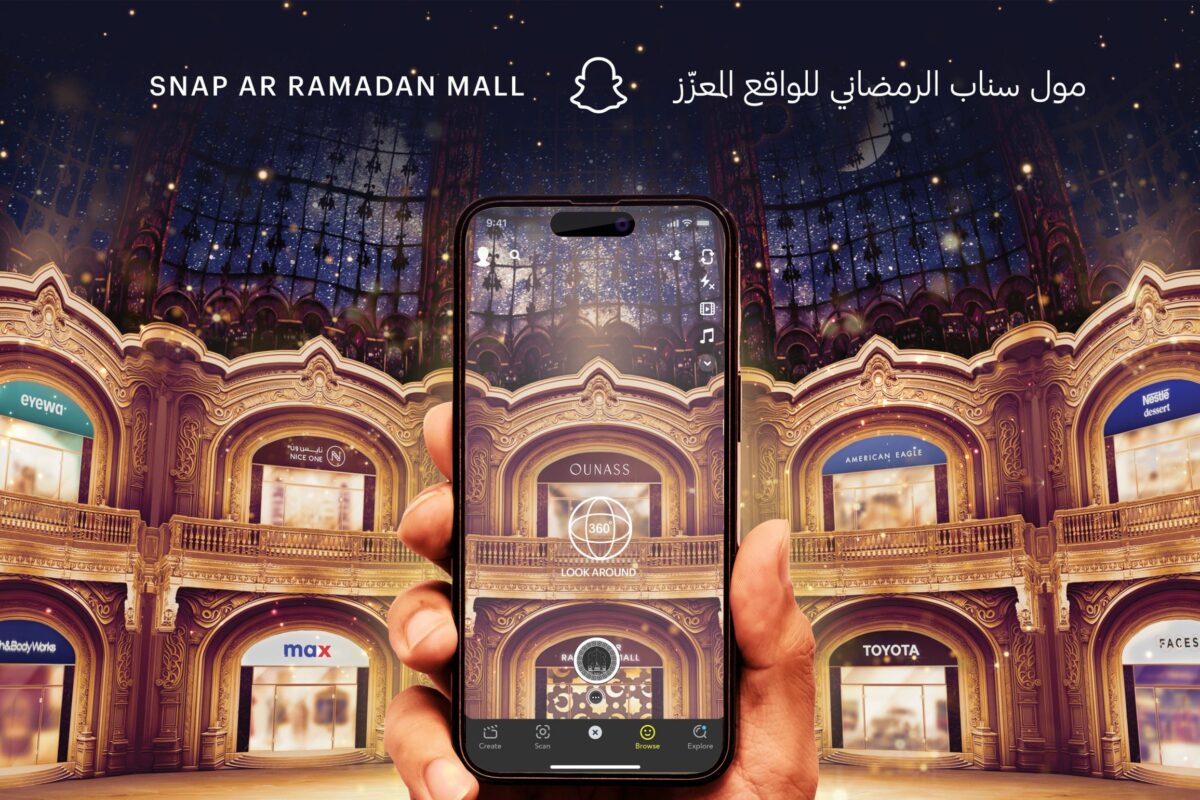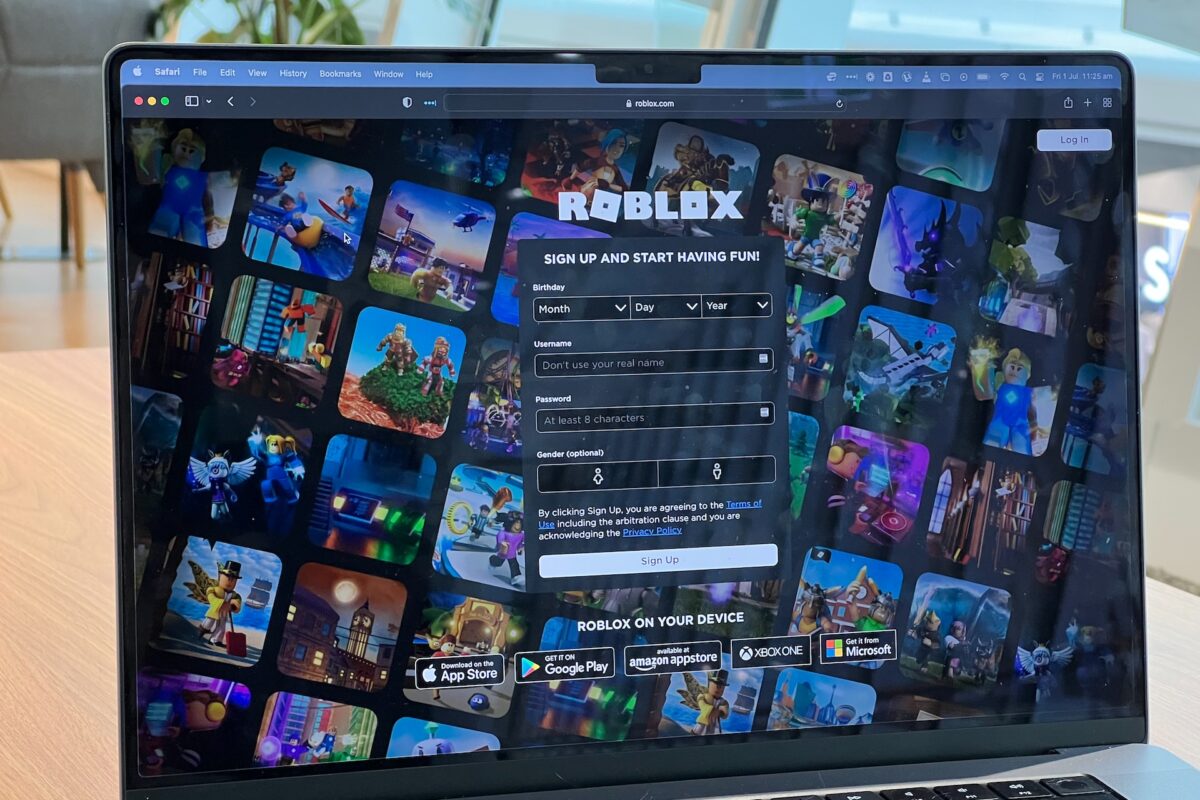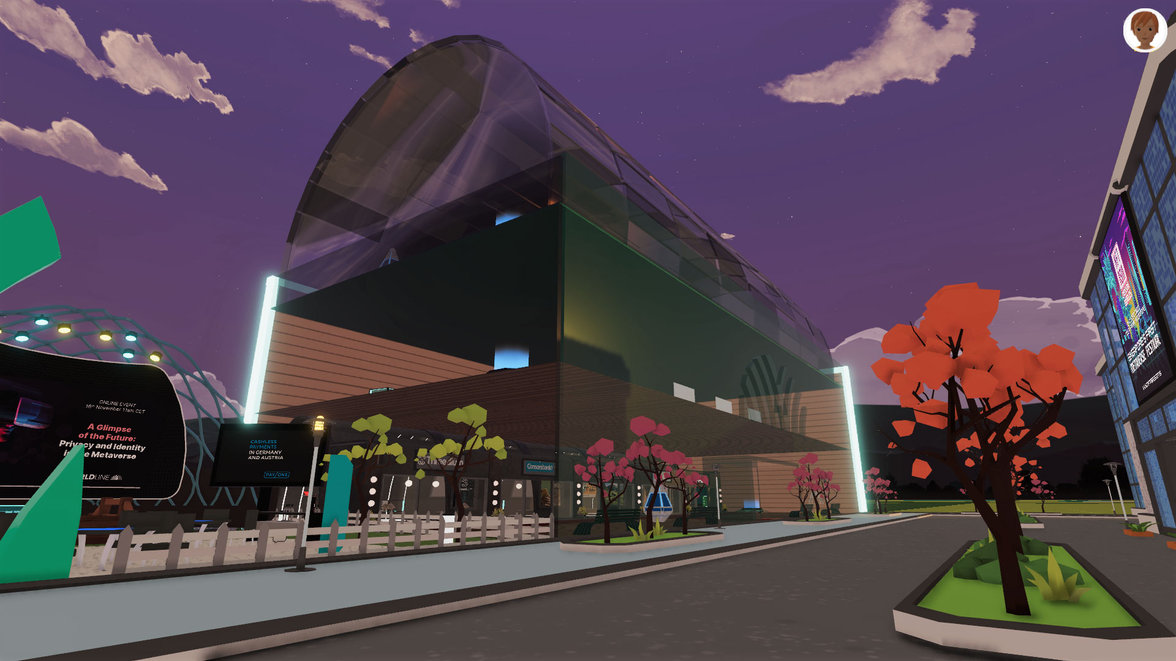Trade show experience combines the best of physical and digital options
by Julia Pott (exclusively for EuroShop.mag)
The opportunity to see, touch, smell, and experience a product live at the trade show booth is a one-of-a-kind experience. Yet sometimes it’s physically impossible to showcase all products. Add to it that many customers are interested in more than just the shape and look of an object. New technologies offer digital and virtual event platforms that provide an engaging product experience, and a great opportunity for exhibitors to reinforce marketing and branding at live trade fairs.
The coronavirus pandemic also prompts big changes: B2B events are subject to restrictions and limitations at the moment. “Everyone was right when they said that events were going to have to become a virtual affair. But not in the way that they thought. Without handshaking […] and freebies the way that we interact with delegates is going to have to change. There will be an increased need for integrated audio-visual elements on every exhibition stand”, according to a press release from Quadrant2Design.
Erik Wolff, COO of ICT AG, rates the impact of Covid-19 on the exhibition industry and says: “Trade show exhibits will downsize in the coming years. The coronavirus pandemic will reshape the trade fair industry, while presentations will increasingly use digital formats.” Having said that, everyone agrees that virtual events are not a viable alternative for in-person interactions in B2B marketing. However, there is tons of great potential when you combine the best of virtual and physical options.
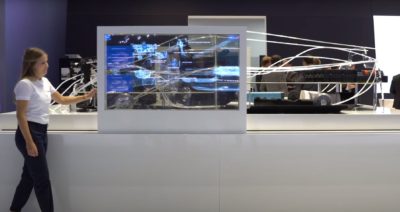
© Screenshot from a YouTube video of ICT AG
3D, AR and VR – the latest technologies make products more accessible
Digital elements are a great way to complement the in-person experience at a trade show booth. This is where digital content, moving images and communication technologies come into play as they offer endless opportunities to make products more accessible and to connect with customers on a deeper, emotional level.
It all starts with large, stunning displays or screens that run high-quality video content. Moving images are still eye-catching, although they are certainly not a brand-new concept. Even so, great images and content attract visitors to trade show booths. The benefit of LED display solutions is that they come in all shapes and sizes. Shapes that differ from the typical 16:19 TV display are yet another way to grab people’s attention.
In recent years, both the image quality of (smartphone) cameras and picture performance (resolution, color rendering) have improved exponentially. Great shots, graphics, or animations engage viewers and deliver pertinent information at the same time.
3D exhibits are likewise no longer an exception. Simply put, three-dimensional images look more true-to-life. They also make it possible to illustrate the “inner life” and workings of intricate products, such as devices or machine parts. The design data of these items is frequently available, allowing experts to convert them into virtual models. This also facilitates a user-friendly rendering featuring the surface, color, and shadow of objects. On-site changes to specific components are another possibility, resembling the role of a configurator. Another option allows the user or trade fair visitor to interact with virtual objects.
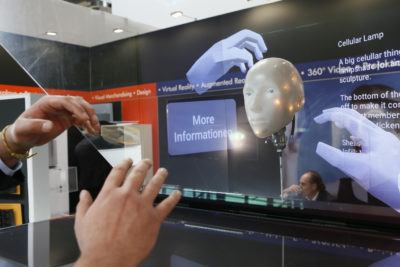
© Messe Düsseldorf / ctillmann
Virtual reality (VR) environments are especially impressive and immersive in this setting. Visitors remember these types of experiences and share them on social networking sites. Augmented Reality (AR) is another up-and-coming popular alternative: trade show visitors can use a mobile device – sometimes even their own – to access additional product information or content at their leisure. Mixed reality is an extension of augmented reality that allows real and virtual elements to interact in an environment with great appeal. It ensures that things can be experienced at multiple levels. (Exciting examples of digital and interactive installations shown in our marketing video report of the EuroShop 2020.)
Quality vs. preparation – it’s all about the total package
No matter what technology you use, “A successful virtual trade show presentation must make sense to visitors,” says Dirk Bachmann-Kern, Managing Director of Studio Bachmannkern GmbH. When it comes to concept and design, exhibitors must therefore consider the aspects that can best be communicated via this platform versus other tools.
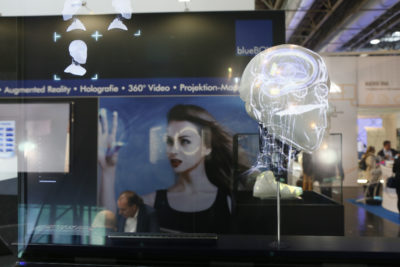
© Messe Düsseldorf / ctillmann
Complex structures or functions, interchangeable characteristics, unique features or details that need more explanation – digitally enhanced or virtual presentation techniques are great ways to communicate these attributes. However, technology should not be an end in itself in this scenario. At the end of the day, a sandal is still a sandal whether you showcase it in-person, in augmented reality, or via a hologram. However, animated videos are a great alternative to teach users how the products work or to convey cause and effect in mere seconds.
A balanced mix of playful elements, great optics, intuitive usability, and excellent user experience (UX) design is the key to success. Erik Wolff shares some important pointers in terms of enhanced digital trade show presentations. He cautions exhibitors to think beyond the technology and make presentations memorable and easy-to-understand and to use the right format. The success also hinges on the presenter who must have “equally good command over physical and digital options.” Wolff also emphasizes the need for larger investments in this case. ”Users notice instantly if things are not done by professionals. By now, we are all used to quality TV. It takes a lot of time and extensive preparation to make things look easy, and it’s the key to a successful product presentation.”
Ultimately, trade fair visitors treasure shared experiences. Bachmann-Kern concludes: “A key aspect when it comes to your product presentation is whether you plan to target a larger audience or just one person. But even if you create an immersive experience for one person, passersby should still have an inkling of what they can expect at your booth.”
Megatrend: digital alternatives boost the exhibitions industry
What’s next for the trade show industry? “Things will get exciting when AI makes its way into future shows, i.e. when an algorithm analyzes available data at lightning speed and integrates it into the application. This will facilitate personalized experiences for users, though the implementation must be smart and subtle with a technology that promises to be ‘invisible’, like Alexa or Siri,” explains Bachmann-Kern.

© Screenshot from a YouTube video of ICT AG
The increasing trend of digitalization and virtuality will enable visitors to not only experience exhibits in-person, but also invite digital participants who connect via platforms, adds Wolff. It is an opportunity for trade show exhibitors to simultaneously target multiple audiences across the globe from one location, especially in times of imposed travel restrictions due to a pandemic.
“Modern trade shows must extend their reach by embracing digital strategies and tools and using social networks to communicate and interact. One exciting way is to go real-time with live streaming to interact with attendees all over the world. We can still learn a lot and take a page from social-network games and online gaming,” explains Bachmannkern.
Not only the product presentation will continue to develop, but also trade fair construction and stand concepts. More about this here.






